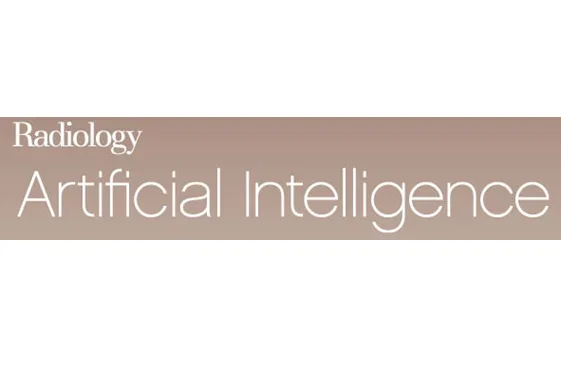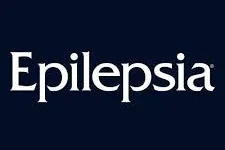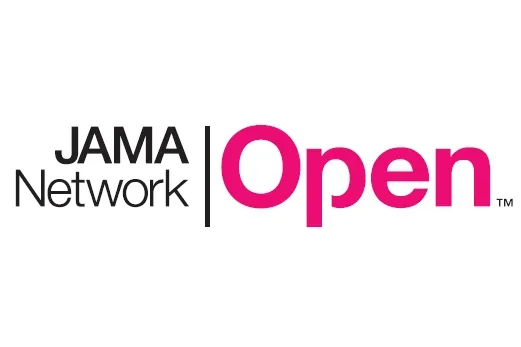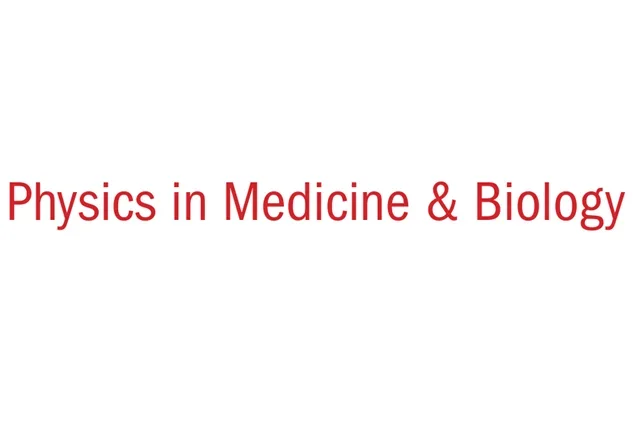Risk-stratified screening: a simulation study of scheduling templates on daily mammography recalls
Published in: J Am Coll Radiol, Vol. 22, No. 3 (March 2025)
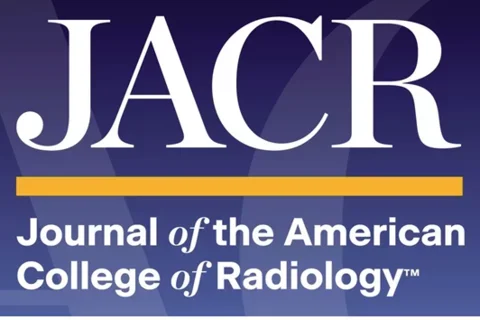
Introduction: Risk-stratified screening (RSS) scheduling may facilitate more effective use of same-day diagnostic testing for potentially abnormal mammograms, thereby reducing the need for follow-up appointments ("recall"). Our simulation study assessed the potential impact of RSS scheduling on patients recommended for same-day diagnostics.
Methods: We used a discrete event simulation to model workflow at a high-volume breast imaging center, incorporating artificial intelligence (AI)-triaged same-day diagnostic workups after screening mammograms. The RSS design sequences patients in the daily screening schedule using cancer risk categories developed from Tyrer-Cuzick and deep learning model scores. We compared recall variance, required hours of operation to accommodate all patients, and patient wait times using traditional (random) and RSS schedules.
Results: The baseline simulation included 60 daily patients, with an average of 42% receiving screening mammograms and 11% (about three patients) being recommended for diagnostic workups. Compared with traditional scheduling, RSS scheduling reduces recall variance by up to 30% (1.98 versus 2.82, P < .05). With same-day diagnostics, RSS scheduling had a modest impact, increasing the number of patients served within normal operating hours by up to 1.3% (55.4 versus 54.7, P < .05), decreasing necessary operational hours by 12 min (10.3 versus 10.5 hours, P < .05), and increasing patient waiting times by an average of 2.4 min (0.24 versus 0.20 hours, P < .05).
Conclusion: Our simulation study suggests that RSS scheduling could reduce recall variance. This approach might enable same-day diagnostics using AI triage by accommodating patients within normal operating hours.
Keywords: appointment scheduling; artificial intelligence (AI); breast cancer screening; clinical workflow; risk-stratified screening.
doi: doi.org/10.1016/j.jacr.2024.12.010 PMCID: PMC11925393
